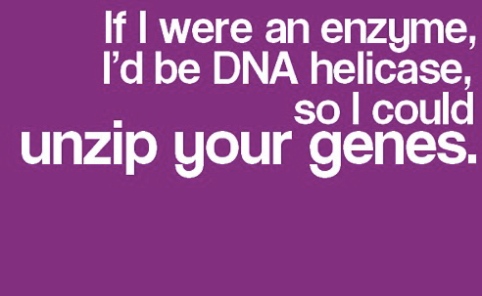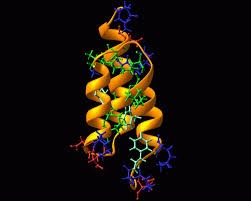This is a video review on Amino Acid Structure By Tracy Kovach from YouTube. I personally like this video because it is short and gets right to the point and pretty much covers all the necessary information.
In this video Tracy talks about what amino acids do and how they can be illustrated. She starts off by talking about the hemoglobin protein and explains how its job it to pretty much taxi around oxygen by picking it up from the lungs and dropping it off to the tissues where it is needed in the human body. The cells in the tissues then use the oxygen to create ATP, which is needed for all the metabolic processes for life. She then explains how amino acids are the building blocks of the protein hemoglobin and how without them this process would not be able to occur and we would therefore not be able to live.
She goes on to explain the structure of an amino acid. In an amino acid there is and amino group, the carboxylic group and the alpha carbon atom/chiral carbon that links the amino and carboxylic group. A hydrogen atom is connected to the alpha carbon as well as a side chain/R-group. A chiral carbon is a carbon that has four different groups attached to it. The only amino acid that does not possess a chiral carbon is Glycine. Glycine is the simplest amino acid with a R-group of only Hydrogen. Tracy then draws the Fischer projection – an illustration of an amino acid that highlight the four groups surrounding the chiral carbon – of two amino acids. There are two different types of Fischer projection configurations L-Amino Acids and D-Amino Acids. Whether the projection is L or D depends on where the amino group is. If the amino group is on the left it is L and if it is on the right it is D. L and D amino acids are enantiomers, meaning they are mirror images of each other however they can not be superimposed on one another. They are pretty much like your hands. Your hands are mirror images but if you place one on top of the other they would lay differently.
*Fact: L-amino acids are the only configuration found in the human body.
Well that is all for this video review I hope you enjoyed! Remember to subscribe to Tracy Kovach on YouTube!
Chao for now!















